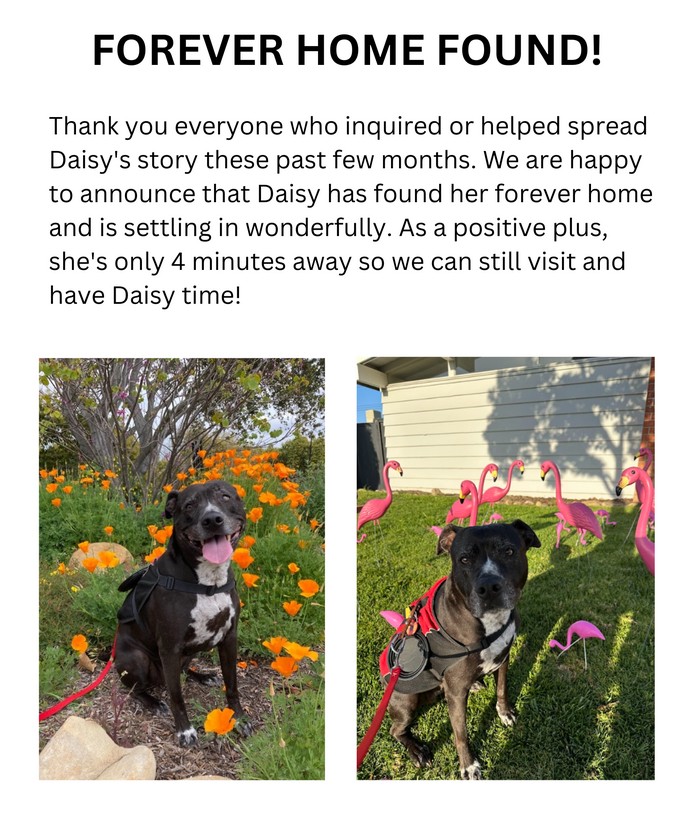 • Canine Adoption and Rescue League will be holding their 23rd Annual Pooch Parade and Pet Expo this year at Ventura Harbor Village on the large grass area. The Pooch Parade and Pet Expo will be on Sunday, September 24th, from 10 to 3. Dress yourself and your dog as your favorite Super Hero or sidekick. There will be booths there for all interest and a dog demonstration, Dee Jay playing your favorite tunes, dog adoptions, silent auction, contest and more. Participate in the walk itself or come and support our life-saving efforts and check out the vendors. At the heart of the Pooch Parade lies the parade itself. Witness the delightful sight of dozens of dogs and their owners strolling along the Ventura Harbor Village Promenade. Pet owners are to be a part of this memorable experience by registering to walk in the Pooch Parade with their four-legged companions. It’s a fantastic opportunity to proudly introduce your furry friend to the world while supporting dogs in need.
• Canine Adoption and Rescue League will be holding their 23rd Annual Pooch Parade and Pet Expo this year at Ventura Harbor Village on the large grass area. The Pooch Parade and Pet Expo will be on Sunday, September 24th, from 10 to 3. Dress yourself and your dog as your favorite Super Hero or sidekick. There will be booths there for all interest and a dog demonstration, Dee Jay playing your favorite tunes, dog adoptions, silent auction, contest and more. Participate in the walk itself or come and support our life-saving efforts and check out the vendors. At the heart of the Pooch Parade lies the parade itself. Witness the delightful sight of dozens of dogs and their owners strolling along the Ventura Harbor Village Promenade. Pet owners are to be a part of this memorable experience by registering to walk in the Pooch Parade with their four-legged companions. It’s a fantastic opportunity to proudly introduce your furry friend to the world while supporting dogs in need.
Visit the Ventura Breeze booth and have an opportunity to win free dog grooming by Dee-Dee’s Dog Spot.
Check out yhe website for more info on the event: www.poochparade.org.
• What’s four-legged, furry, and often serves up a quick little mood boost?
by Sally Anscombe
That’s right, a dog. It turns out even short, friendly interactions with canines can be good for our health.
I started pondering the power of dogs during one of my daily strolls around my neighborhood. Almost invariably, I’ll run into at least one person walking their dog. If I get the OK to pet the pooch, it’s a joyous moment of cooing and sloppy kisses.
I always walk away from these canine exchanges feeling just a bit more relaxed, and happy. And that got me wondering, could these short interactions with other people’s dogs actually be good for me?
“Absolutely. I think it is safe to say that animals are beneficial to our mental and physical health,” says Nancy Gee, a professor of psychiatry and director of the Center for Human-Animal Interaction at Virginia Commonwealth University.
Gee says evidence is accumulating that levels of the stress hormone cortisol drop in people after just 5 to 20 minutes spent interacting with dogs — even if it’s not their pet. “Also, we see increases in oxytocin, that feel-good kind of bonding hormone,” she says.
And it’s not just humans that benefit from these brief exchanges. “What I love about this research is that it’s a two-way street,” Gee says. “We see the same thing in the dogs, so the dogs’ oxytocin also increases when they interact with a human.”
Now, the therapy dogs used in research are screened for things like friendliness, good behavior and responsiveness to their handler’s cues. And of course, not everyone’s a dog person, whether because of temperament or allergies or other factors. “Pets are not a panacea,” Gee says. “They’re not necessarily going to be great for every single person. But for people who really get it, who really connect with the animals, they really can make a big difference,” Gee says.
Dog ownership has also been linked to positive health outcomes, including better heart health and increased physical activity. But Gee acknowledges that some of the evidence is mixed. She attributes that in part to differences in methodology and the fact that studies of pet ownership can’t prove cause and effect, since you can’t just randomly assign one person a dog as a pet and another a horse.
Research on the health benefits of human interactions with animals – especially with dogs – has exploded in recent years, thanks to funding from the National Institutes of Health and the Waltham PetCare Science Institute. Though the field is still young, Gee says the quality of the evidence is improving all the time, including more randomized controlled trials looking at short interactions. “We’re seeing really nice effects,” she says.
For example, there’s some evidence that brief bouts of puppy love may help us think better. Gee collaborated on a randomized controlled trial of 8 and 9-year-old school children in the U.K. She and her colleagues found that kids who had twice-weekly, short exchanges with dogs in the classroom had less stress and improved executive functioning – the cognitive processes that allow us to do things like plan, stay on task and block out distractions. And she says those benefits lingered..
“Animals, and dogs in particular, live in the moment. They’re experiencing their environment with wonder and awe all the time, and they’re not bringing up what happened to them earlier in the day or what they’re thinking about in the future. They’re there right now,” says Mueller.









